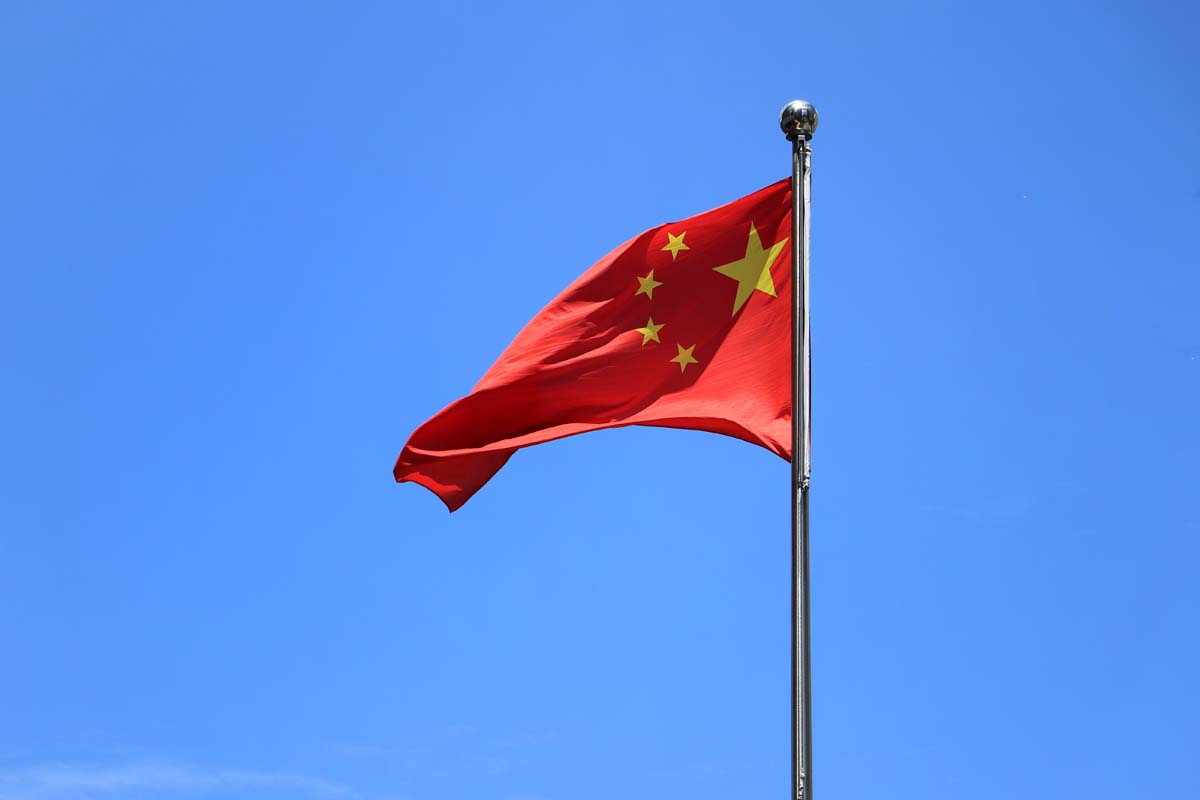
403
Sorry!!
Error! We're sorry, but the page you were looking for doesn't exist.
SCO Enhances UAE-China Trade, Economic Collaboration
(MENAFN) The Shanghai Cooperation Organization (SCO) is laying essential groundwork to enhance trade and economic collaboration between China and the United Arab Emirates (UAE), according to a leading business expert.
“The majority of the trade between the UAE and the Gulf Cooperation Council (GCC) is now with Asia and China. China is the biggest trade partner, and increasingly the biggest economic partner,” Nasser Saidi, founder and president of Nasser Saidi & Associates, told media in a recent virtual interview.
These remarks come as over 20 nations and 10 international organizations prepare to gather at the SCO summit in Tianjin from August 31 to September 1. The UAE joined the SCO as a dialogue partner in May 2023, marking a significant milestone in regional cooperation.
Saidi emphasized the transformative potential of a GCC-China free trade agreement (FTA), positioning the UAE as a key leader in this initiative. He advocated for more SCO-related events hosted in the UAE, highlighting energy—both fossil fuels and renewables—as the cornerstone of expanding ties. Additionally, he pointed to emerging areas like artificial intelligence, fintech, and smart governance as promising sectors for collaboration.
He proposed that the UAE and China could initially aim for a Comprehensive Economic Partnership Agreement as a stepping stone toward a full FTA. Saidi also stressed the importance of leveraging alternative financial institutions such as the New Development Bank and the Asian Infrastructure Investment Bank, describing the traditional Bretton Woods institutions as “have not been very effective.”
“The SCO has been crucial in supporting political stability and economic prosperity in the Global South,” Saidi said. He added that establishing a stronger SCO presence within the UAE or GCC could significantly boost cooperation across energy, technology, and climate innovation.
Since its founding in Shanghai in 2001, the SCO has evolved from a six-member regional group to a trans-regional alliance comprising 10 full members, two observers, and 14 dialogue partners. Together, they represent over 60 percent of Eurasia’s landmass and nearly half of the global population.
“The majority of the trade between the UAE and the Gulf Cooperation Council (GCC) is now with Asia and China. China is the biggest trade partner, and increasingly the biggest economic partner,” Nasser Saidi, founder and president of Nasser Saidi & Associates, told media in a recent virtual interview.
These remarks come as over 20 nations and 10 international organizations prepare to gather at the SCO summit in Tianjin from August 31 to September 1. The UAE joined the SCO as a dialogue partner in May 2023, marking a significant milestone in regional cooperation.
Saidi emphasized the transformative potential of a GCC-China free trade agreement (FTA), positioning the UAE as a key leader in this initiative. He advocated for more SCO-related events hosted in the UAE, highlighting energy—both fossil fuels and renewables—as the cornerstone of expanding ties. Additionally, he pointed to emerging areas like artificial intelligence, fintech, and smart governance as promising sectors for collaboration.
He proposed that the UAE and China could initially aim for a Comprehensive Economic Partnership Agreement as a stepping stone toward a full FTA. Saidi also stressed the importance of leveraging alternative financial institutions such as the New Development Bank and the Asian Infrastructure Investment Bank, describing the traditional Bretton Woods institutions as “have not been very effective.”
“The SCO has been crucial in supporting political stability and economic prosperity in the Global South,” Saidi said. He added that establishing a stronger SCO presence within the UAE or GCC could significantly boost cooperation across energy, technology, and climate innovation.
Since its founding in Shanghai in 2001, the SCO has evolved from a six-member regional group to a trans-regional alliance comprising 10 full members, two observers, and 14 dialogue partners. Together, they represent over 60 percent of Eurasia’s landmass and nearly half of the global population.

Legal Disclaimer:
MENAFN provides the
information “as is” without warranty of any kind. We do not accept
any responsibility or liability for the accuracy, content, images,
videos, licenses, completeness, legality, or reliability of the information
contained in this article. If you have any complaints or copyright
issues related to this article, kindly contact the provider above.


















Comments
No comment